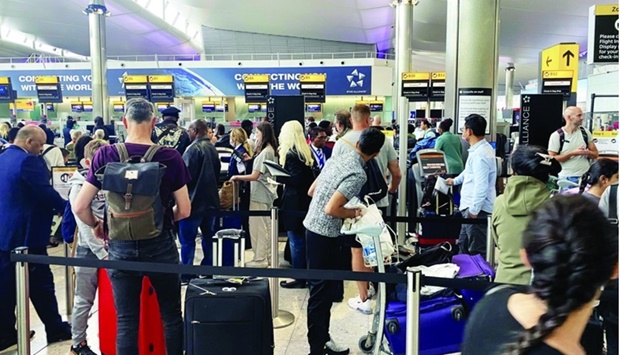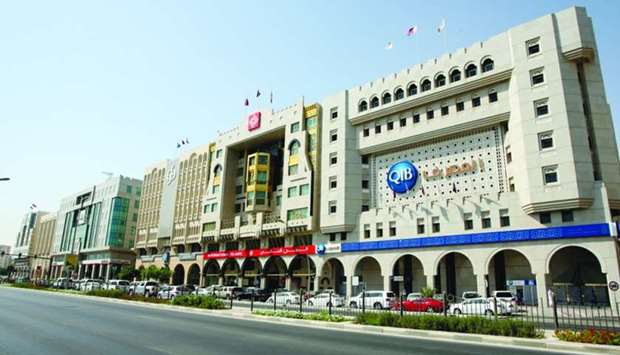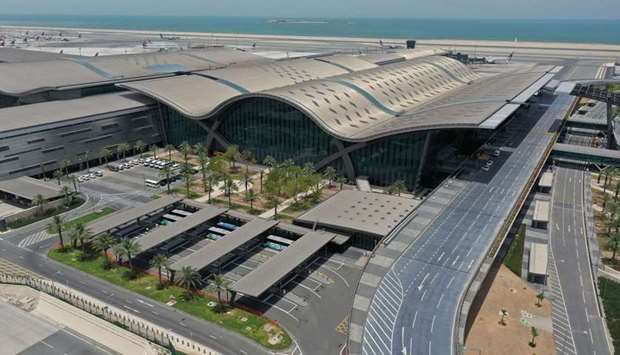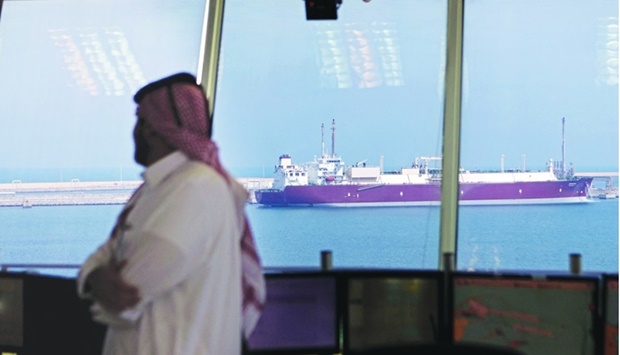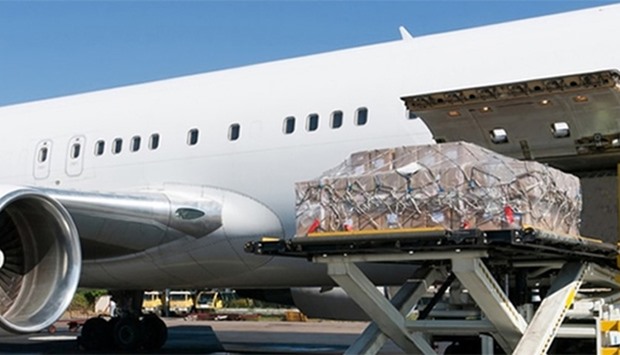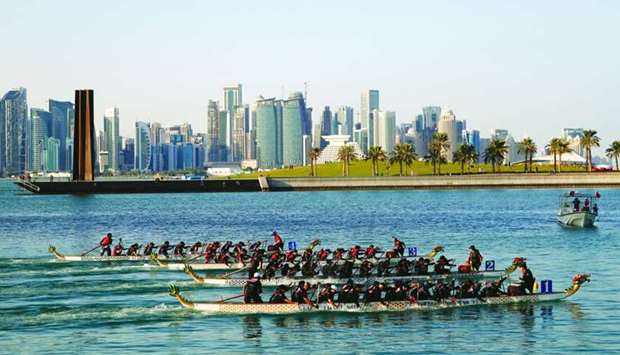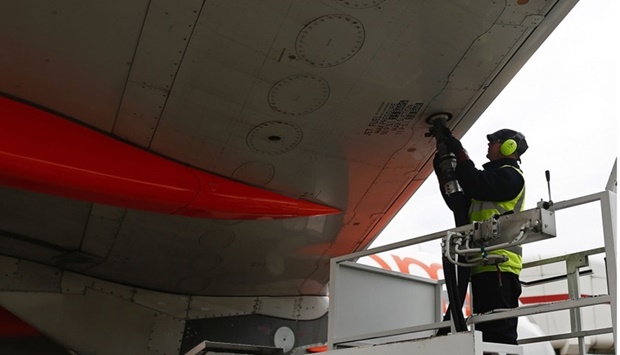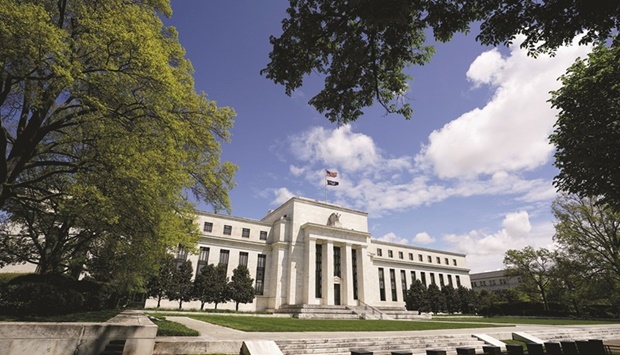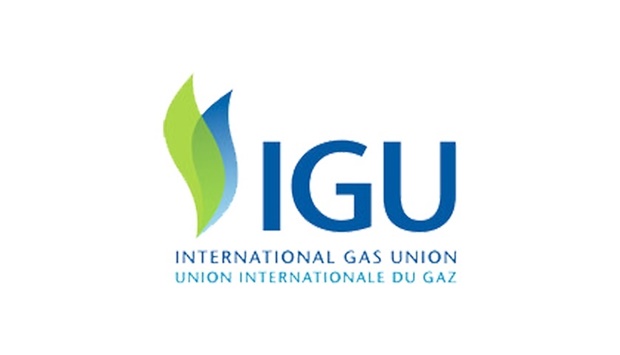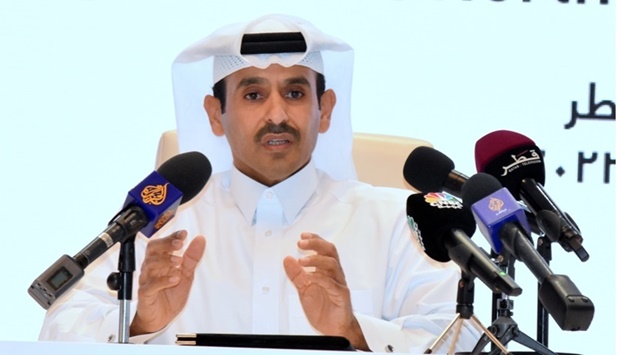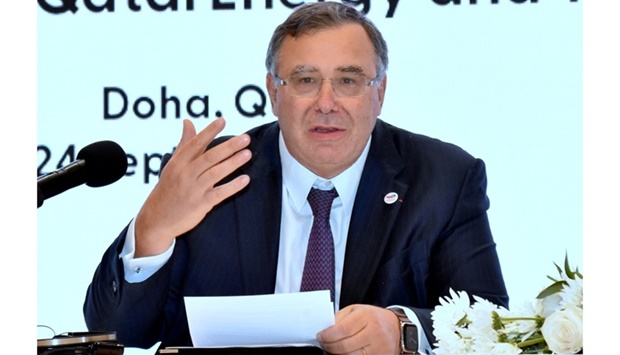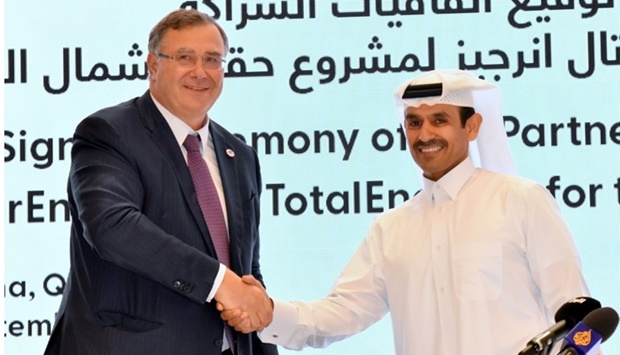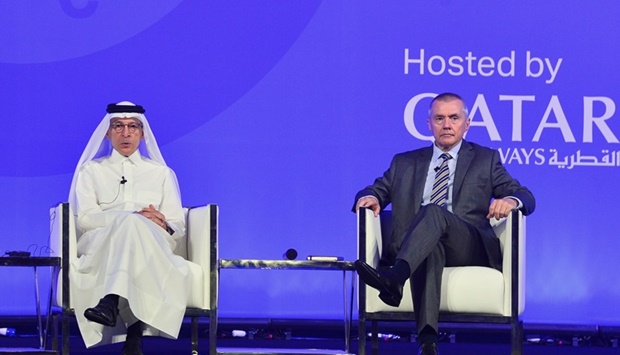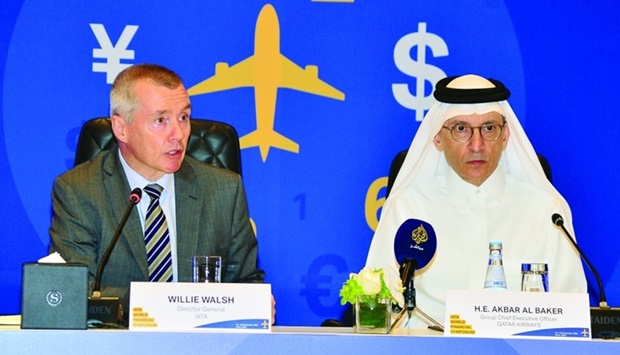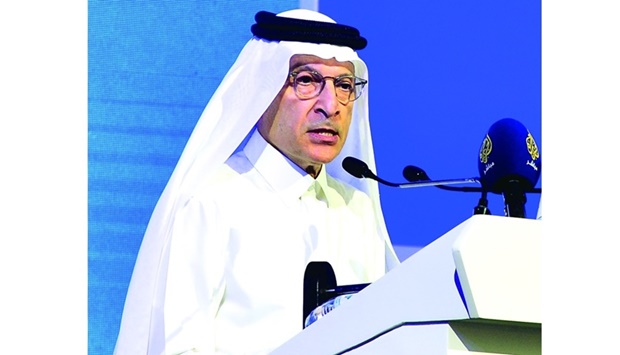Beyond the Tarmac Takeoff and landing slot rules at airports around the world are again in the spotlight as the aviation industry recovers from the worst crisis triggered by the Covid-19 pandemic. In view of an expected recovery, many countries including the UK are reportedly considering a review of the airport slot rules and determine the best way forward. The European Commission has also proposed a return to the pre-Covid 80:20 ‘use it or lose it’ airport slot rule in the coming winter season, but with exceptions in the case of significant air-travel disruption. Takeoff and landing slot rules mean airlines must fill at least 80% of their slots in any given season, or risk losing their allocation next time round. At the height of pandemic-related travel restrictions (in 2020 and 2021), many countries had adopted either a partial or full waiver of the usual 80:20 slot rule. Airports say the 20% potential non-use is too high and leads to inefficiency, and they argue that not enough new entrants have access to key airports and so the figure effectively limits competition to the detriment of consumers. But, according to International Air Transport Association (IATA), the evidence contradicts both points. London Heathrow (LHR), Frankfurt, Amsterdam, and Singapore are all slot-constrained airports that operate at more than 95% efficiency, the global body of airlines says. It shows that the balance of the 80-20 slot system hits exactly the right note between optimal efficiency and flexibility. After all, schedules should match demand and demand is never 100%. It varies according to season, public holidays, time of week and much more. As for new entrants, when a small number of slots became available at LHR recently, they went to six airlines with huge route diversity, increasing competition, IATA noted. The Worldwide Airport Slot Guidelines (WASG) is published by IATA to provide the global air transport community with a single set of standards for the management of airport slots at coordinated airports and planned operations at facilitated airports. The management of airport slots is required at some airports where the available airport infrastructure is insufficient to meet the demand of airlines and other aircraft operators while the management of planned operations at facilitated airports allows a degree of scheduling flexibility within available airport infrastructure capacity. The WASG is the industry standard recognised by many regulatory authorities for the management and allocation of airport capacity. “The WASG has worked well at slot-constrained airports for many years and airlines are confident that it can again be a fundamental pillar as the industry recovers,” says Lara Maughan, IATA’s head, Worldwide Airport Slots. “80:20 is fit for purpose for the foreseeable future. It takes time to set up routes and airlines need to have certainty that they can deliver on their network promises sustainably.” Nevertheless, she stresses that potential enhancements to the WASG are always being considered and adopted. Revised definitions for new entrants will give them even greater priority, for example. And performance monitoring has been strengthened to ensure airlines use their slots correctly. Airlines are also open to enhancing guidelines surrounding Level 2 airports to better deal with peak levels. This would be a more efficient option than the creation of a Level 4 for super-congested airports and would preserve the existing system. Brazil was considering moving Congonhas Airport into a completely new Level 4 category, but concluded it wasn’t the right decision. Maughan says airports must also do a better job of managing and declaring capacity. Slots are necessary because existing infrastructure isn’t up to the job. The situation is exacerbated by airports not correctly stating their capacity. “Airports must declare their capacity correctly as that is what the co-ordinator uses, whether it is 10 slots an hour or 60,” says Maughan. “But we see that with some airports the figure hasn’t changed for a decade. That can’t be right when the route mix and fleets change each season.” Industry leaders are stressing the need for a global harmonised system vis-à-vis airport slots. As countries came out of the pandemic, travel restrictions and slot waivers changed. This has led to an enormously complicated situation with one set of rules in the country of departure and another set on arrival. It has highlighted the criticality of a worldwide system. Although an airport has only its own market to consider, it is an airline that must connect all the dots. “We all saw how valuable flexibility in the global system was during the crisis,” says Willie Walsh, IATA’s Director General. “It preserved networks when government decisions made demand disappear. “We still need that flexibility because the world is still far from normal. But even more critically, we cannot let governments forget the importance of a global standard approach for slots,” Walsh added. The aviation industry is crucial for the global economy to recover as quickly as possible once Covid-19 is brought under control. Therefore, governments and regulators around the world should provide relief to the global aviation and travel industry as it faces severe cashflow conditions and challenges on the road to recovery.

Pratap John
Pratap John is Business Editor at Gulf Times. He has mainstream media experience of nearly 30 years in specialties such as energy, business & finance, banking, telecom and aviation, and covered many major events across the globe.
Most Read Stories

